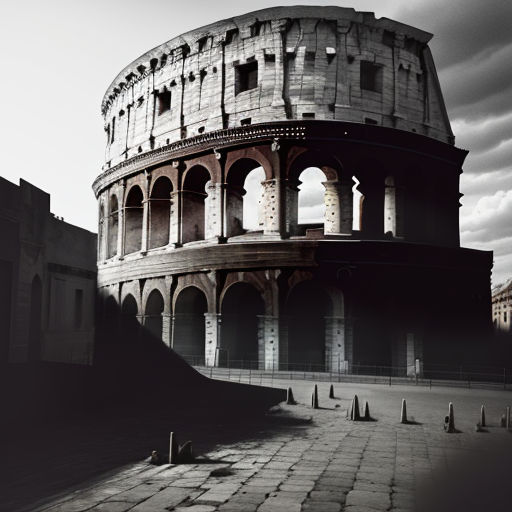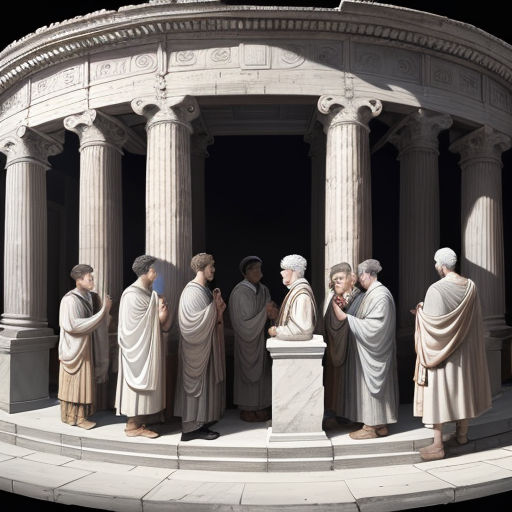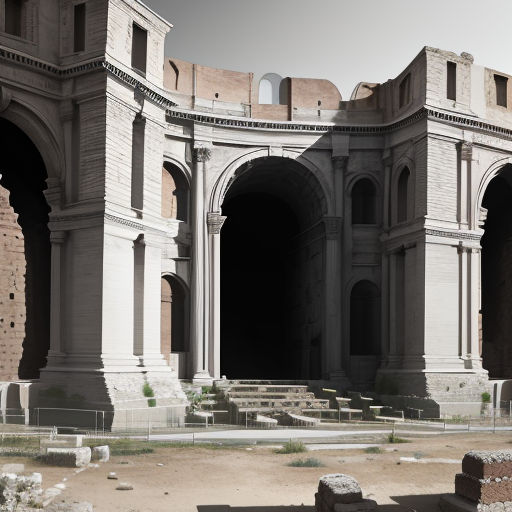
The Rise of Impalement
By Iker Sosa Medina

13 Aug, 2023

The dawn of impalement as a punitive measure can be traced back to Ancient Mesopotamia. It was a brutal, horrifying spectacle, designed to inspire terror in the hearts of the people.

It wasn't invented; rather, it developed over time as leaders sought to demonstrate their power and control. Intimidation was a tool often used by those in charge.

The practice originated in Mesopotamia but soon spread to neighboring regions, carried with conquerors and traders, spreading like a malicious vine.

Impalement reached Rome around the 6th Century BC, right around the time the city began expanding its territories. The Romans were renowned for their soldiers and their thirst for conquest.

Rome was particularly notorious for adapting the practices of those they conquered, and impalement was one of these. The practice was quickly adopted and integrated into their punitive system.

It was during the reign of the tyrannical Emperor Tiberius when impalement became a widespread means of punishment.

Tiberius utilized impalement as a tool to maintain control and instill fear among his subjects.

His rule was marked by a period of relentless persecution and brutality, and Rome was shrouded in an atmosphere of terror.

Impalement was publicly practiced in the Roman Forum, where many would gather to witness these gruesome executions.

It was believed that the public display of such brutal punishment would deter any potential rebels. This was a strategic move by the Roman leaders.

So, impalement became a part of Roman law and social fabric. It was a punishment for severe crimes, and the threat of it hung over the city like a dark cloud.

The terrifying spectacle of an impaled person gasping for their last breath was a sight deeply ingrained in the minds of Roman citizens.

But as time progressed, so too did the sentiments of the Romans. They began to question the morality of such a savage punishment.

A period of enlightenment triumphed, bringing a wave of change along with it. The citizens were no longer willing to accept the horrific practice of impalement.

Pressure from religious groups and the general populace led to a gradual decrease in the practice of impalement, and it was eventually abolished.

However, its legacy lived on. Impalement had left a permanent stain on Rome's history, a grim reminder of its brutal past.

The practice never truly disappeared. It was carried by Roman legions into other lands, thus spreading it further.

The fall of the Roman Empire didn't mean the end of impalement. The macabre practice found its way into various European countries during the Middle Ages.

This was due to the fact that impalement was a gruesome display of power and dominance, aspects deeply ingrained in the feudal society of the time.

Despite the fall of the Roman Empire, the dreadful shadow of impalement had spread beyond the borders of Rome and was inevitable in the chapters of human history.

The world was steeped in violence and cruelty, and impalement merely reflected the zeitgeist, the spirit of the times.

The history of impalement is a chilling testament to the depths of human cruelty and the lengths that people would go to maintain power and control.

As societies evolved and moral values shifted, impalement came to be seen as barbaric, and it was eventually outlawed in most parts of the world.

However, the echoes of this brutal practice can still be felt in the annals of human history, serving as a grim reminder of our past.

The story of impalement is one of horror and brutality, but also of enlightenment and change. It is a testament to our capacity for cruelty, and our ability to rise above it.

The rise of impalement and its spread across Rome is a cautionary tale, reminding us of the importance of empathy, kindness, and humanity.

It serves as a call to remember and learn from our past, to ensure that the mistakes of our forebearers are never repeated.

History, in all its glory and darkness, holds valuable lessons. The story of impalement is just one of many, but its impact is undeniable.

We must strive to remember not only the achievements of our ancestors but also their cruelties, for it is in understanding our past that we can shape a better future.

The story of impalement in Rome is a dark chapter in the annals of human history that must never be forgotten, a haunting reminder of our potential for cruelty and our capacity for change.

History is a mirror that reflects not only the triumphs of humanity but also its follies. Let's learn from it and strive to become better.

May the legacy of impalement remind us that power without compassion is cruelty, and that justice should always be tempered by mercy.

Our journey into the past and through the rise of impalement ends here, but let it continue to inspire us toward a future where cruelty becomes a relic of the past.

Let's strive for a world where such brutal practices are not only abolished but unimaginable, a world where empathy and kindness reign supreme.

As we reflect on the rise of impalement and its permeation throughout Rome, let's promise to evolve, learn, and never forget the lessons history has taught us.